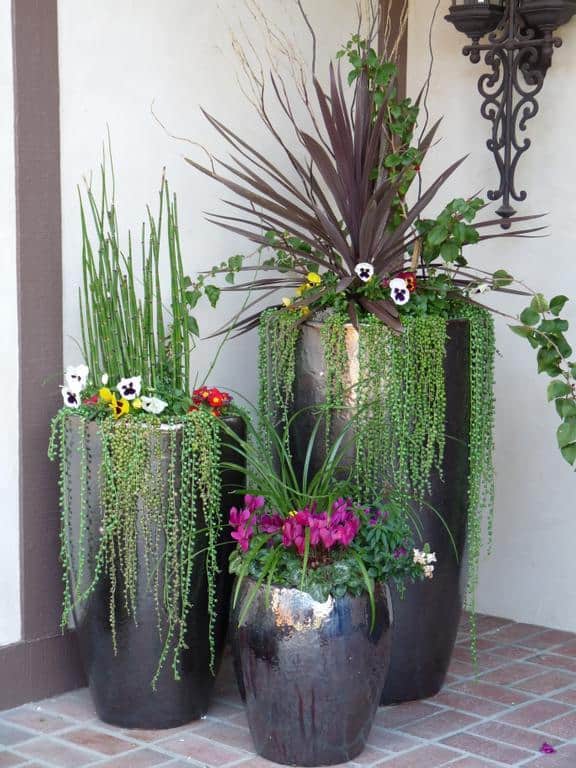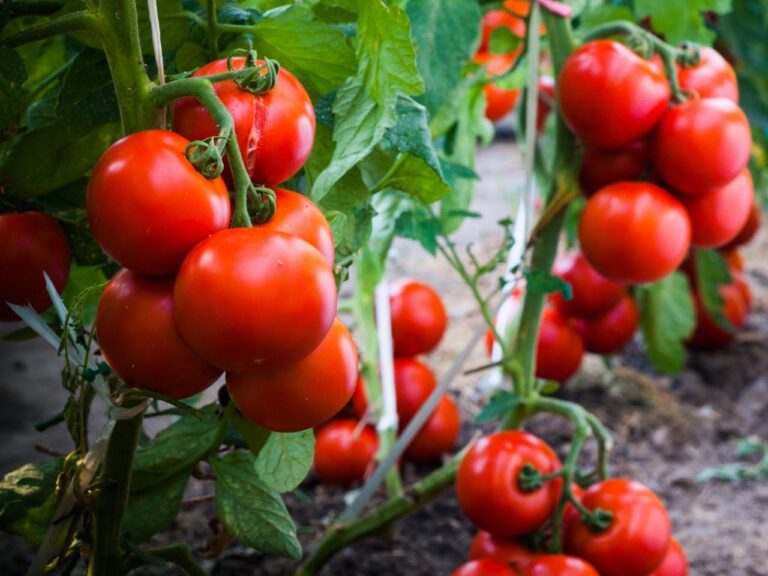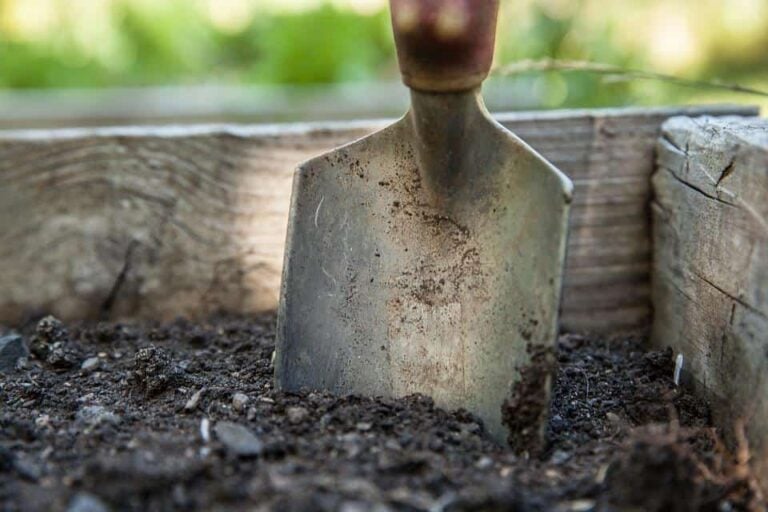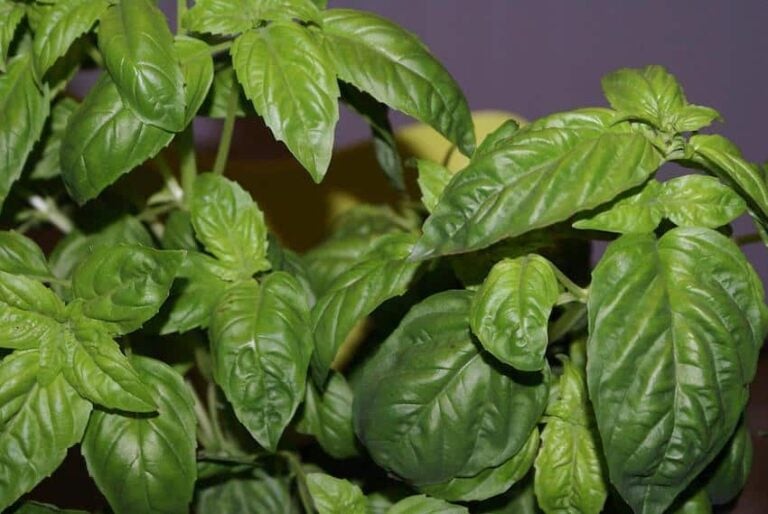Spice Up Your Dishes by Growing Tumeric
Turmeric is an often overlooked superfood perfect for spicing dishes or medicinal use. You can grow it in containers in your home to avoid interruptions from weather. Choose a wide and deep container with proper drainage. Cut rhizome pieces, leaving two or three buds on each piece. Plant each piece in a container with buds facing up. Keep soil moist and use a fertilizer and gypsum occasionally for soil health. Harvest in 8 to 10 months by using a trowel to pull up the rhizomes.
Why Consider Growing Turmeric?
Turmeric isn’t one of the most popular root vegetables to grow since it’s not one of the most popular to eat. However, many gardeners, like Steve Asbell from The Rainforest Garden, say it’s one of the toughest, most reliable in their garden. But, what is turmeric used for and why should you grow it?
Steve Asbell grows his turmeric, partly, because it’s beautiful in the garden. It grows large leaves that create a tropical look in the garden, to bring a unique element most gardens lack. And, it grows white and green flowers between its leaves to add even more color and beauty.
But, aesthetics aren’t the most important part. What you can do with turmeric for other purposes is the important thing to consider. As one of the healthiest root vegetables, turmeric has several medicinal uses that make it one of a king.
Its levels of iron and manganese are said to be enough to fight cancer cells. Turmeric can also aid metabolism, break down lipids, reduce cold and flu symptoms, and lessen inflammation in the body.
What can you do with it in the kitchen? Its color makes the perfect, natural food dye, or use it as a unique spice to dishes, like fried rice, soups, or eggs.
Preparation for Growing Turmeric in Containers
Garden stores do not usually carry turmeric rhizomes to sell. Rhizomes are the only way you can grow new turmeric plants, since they don’t produce seeds. Your best bet to find turmeric rhizomes for planting is visiting a whole foods store or a store that specializes in Indian cuisine and foods.
Look for rhizomes that are firm and have several buds beginning to form, since each of these can form a new turmeric plant.
According to Balcony Garden Web, you should choose a large container, since turmeric plants can get rather tall if they’re cared for well. Make sure the container you choose is at least 12 inches deep and 12 inches wide. It should also have a large drainage hole at the bottom so your turmeric’s soil can remain at adequate moisture.
You can use a potting soil for growing turmeric, but make sure it’s only slightly acidic or slightly alkaline for the appropriate pH balance. The best soil is moist clay to part clay and well-draining to retain the proper moisture for turmeric plants.
To prepare your turmeric rhizomes, you’ll have to cut them to bloom new plants. Cut or break the rhizome so that you have two or three buds on each section. This gives each piece a better chance to product a new turmeric plant.
Planting Turmeric in Containers
Learn to Grow explains how to plant turmeric in containers easily so she can grow them in her home without depending on weather conditions.
Growing turmeric in containers is a good solution for those who may not have a large garden area, since they need plenty of space under the ground to spread. It’s also a good alternative to growing outdoors if you live in a region with extreme weather conditions. When grown in containers indoors, turmeric usually fairs well, as long as it is kept at the proper temperature.
To plant turmeric in your containers, you’ll need each piece of your broken or cut rhizome. Keeping the buds facing up, place the piece into the soil about two inches down. The rhizome will begin to grow down into the soil, so it doesn’t need a lot of soil coverage on top.
You can plant two turmeric pieces per 12-inch wide container, keeping them spaced apart by at least six inches. If you have plenty of containers, it’s best to plant only one rhizome piece per container.
Ensure that about two inches of soil covers each rhizome piece. Then, water the soil thoroughly until it’s fully moist.
Caring for Turmeric
Once you plant turmeric, it’s important to keep your plants on a regular watering schedule for adequate moisture. Check your soil every couple of days after planting and water as needed to keep the soil moist. You will soon understand how often they need to be watered, based on your home’s humidity, temperature, etc.
When you’re growing turmeric in containers, Windcrest Organics suggests using the proper fertilizer to ensure your plants are getting enough nutrients. In addition to fertilizer, you can add some gypsum to improve the health of the soil and prevent mold and contaminants that may affect your turmeric plants.
Your turmeric plants should be kept in a warm and sunny room. The containers will likely be too big to fit on a windowsill, but as long as they’re getting plenty of natural light into the room, they should thrive.
Time to Harvest!
Turmeric takes between eight and ten months to become fully mature enough to harvest. When you’re ready to harvest, SF Gate recommends cutting the tops of the plants with leaves and flowers. This will help you more easily see, and get to, the rhizomes under the soil to harvest them.
It’s best to slightly water the ground to loosen the soil before using a trowel to pull up the rhizomes. Form a circle around the plant with your trowel and continue to move inward until you reach the rhizomes, lifting them up from beneath. You should have a few rhizomes on each.
Storing Harvested Turmeric
Wash and peel each rhizome and store them in freezer bags in the freezer. This may alter the flavor slightly, but gives them a much longer life. Or, store them in airtight containers in the refrigerator for one to two weeks.
Photo by KS.mini licensed under CC BY-SA 3.0





